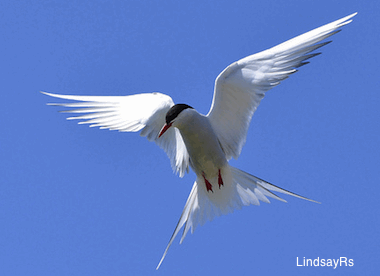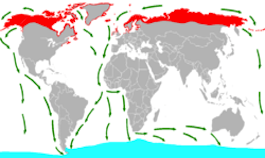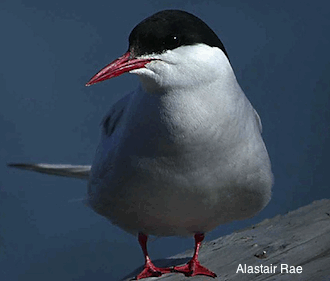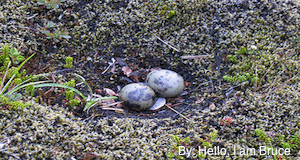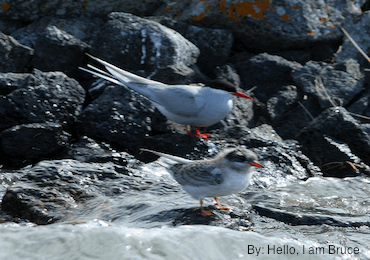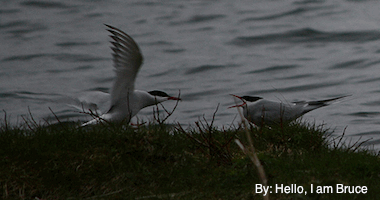|
The Arctic Tern, World Traveller, Expert Navigator, Fisherman and Aviator
This absolutely amazing small creature with a wingspan of less than 30 inches see's two summers each year and more daylight than any other animal on the planet.
Courtship involves a very elaborate process involving various types of flights and movements. They both decide on a location for the nest and both defend it from intruders, often attacking predators much larger than they are, even humans. The female lay's 1 to 3 eggs and during this time the male will feed the female. Nest's are usually depressions in the ground which may be lined with grass and twigs. The eggs are camouflaged making them hard to spot by predators.
The chicks are cared for by both parents for about a month after which they gradually move out on their own. Average life span for a Tern is about 20 years but some have been known to live over 30.
The do not like to get in the water but rather pick up the fish from the water while in flight. Terns love to fly and spend most of their life doing just that, they catch insects in flight, eat in flight and spend most of their time "on the wing".
It is estimated that there are approximately 1,000,000 Terns in the worldwide population. Return from Tern to Home Page
|
